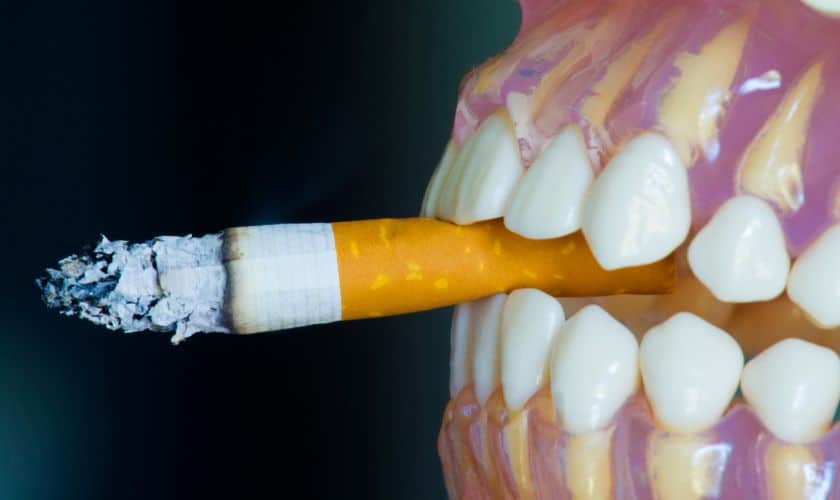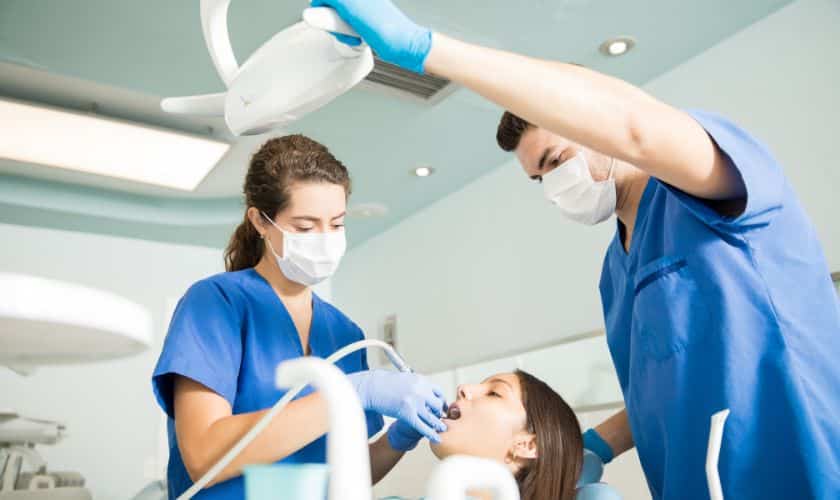June 29, 2023
General Dentistry

Going to the dentist can be a daunting experience for many of us. However, regular dental check-ups and procedures are essential for maintaining healthy teeth and gums. A general dentist is your go-to professional when it comes to oral health care. They offer a range of services from simple cleanings to complex surgeries. In this blog post, we’ll discuss seven common dental procedures performed by a general dentist that you should know about. Whether you’re looking for preventive measures or need some restorative treatments, our comprehensive guide will help you become more informed about your oral health options.
Dental X-rays
Dental X-rays are a vital tool in a general dentist’s arsenal, providing insight into the structure of teeth and jaw bones. They allow dentists to identify signs of decay, damage, or disease that may not be visible during a standard visual examination.
During an X-ray procedure, patients will have to wear a protective cover over their bodies while the dentist takes images from various angles. These images help them detect any issues that could potentially lead to more significant problems down the road.
Cleaning of Teeth
Keeping your teeth clean is an essential part of maintaining good oral health. Visiting a dentist for regular cleaning appointments can prevent gum disease, tooth decay, and bad breath. During a dental cleaning, the hygienist will remove plaque and tartar build-up from your teeth using special tools.
The process usually begins with a physical exam of the mouth to check for any signs of potential issues like cavities or gum problems. The hygienist may then use an ultrasonic scaler to remove larger pieces of plaque and tartar before switching to hand-held instruments to scrape away any remaining debris.
Extractions
Extractions, also known as tooth removal, are one of the most common dental procedures performed by general dentists. The reasons for extraction can vary from decay and infection to overcrowding or preparation for orthodontic treatment.
During an extraction procedure, the dentist will numb the area around the tooth with a local anesthetic. They may also use sedation if necessary. Once numbed, they will then carefully loosen the tooth using specialized tools before gently removing it from its socket.
After extraction, patients may experience some discomfort or swelling in the affected area. It’s important to follow any post-operative instructions provided by your dentist in order to minimize these side effects and ensure proper healing.
Fillings and Crowns
Fillings and Crowns are common dental procedures that a general dentist performs to restore the health and function of teeth. Fillings are used to repair small cavities caused by tooth decay, while crowns are needed for more extensive damage or after root canal treatment.
The process of getting a filling involves removing the decayed portion of the tooth, cleaning out the affected area, and then filling it with a material such as composite resin or amalgam. This helps prevent further damage and restores strength to the tooth.
Crowns, on the other hand, can be made from different materials including porcelain or metal alloys. The damaged portion of the tooth is removed before placing a crown over it to protect and strengthen it. This procedure is often recommended for teeth that have undergone root canal therapy or have significant decay.
Denture Repair
Dentures are an effective solution for those who have lost their natural teeth. They help in improving the ability to chew food properly, enhance speech, and restore a beautiful smile. However, with time and use, dentures can become damaged or broken.
When faced with such a situation, it is best to visit your general dentist as soon as possible for denture repair services. A professional repair service will ensure that your dentures are repaired efficiently and effectively so that you can avoid any further damage or complications.
Porcelain Veneers
Porcelain veneers have become a popular dental procedure in recent years due to their ability to transform the appearance of teeth. Veneers are thin shells made of porcelain that are placed over the front surface of teeth to improve their color, shape, and size.
One of the benefits of porcelain veneers is that they can be customized to match the natural color and shape of your existing teeth. This makes them an excellent option for those who want a more natural-looking smile.
The process for getting porcelain veneers typically involves two appointments with your dentist. During the first appointment, your dentist will prepare your teeth by removing a small amount of enamel from the surface. They will then take impressions of your teeth which will be used to create custom-made veneers.
Partial Dentures
Partial dentures, also known as removable partial dentures, are dental prostheses that serve as a replacement for missing teeth. They consist of an acrylic base and artificial teeth attached to it.
These types of dentures are designed to fill in the gaps caused by missing teeth while allowing the remaining natural teeth to stay intact. Partial dentures can help improve speech, chewing ability, and appearance.
A general dentist performs an array of dental procedures to help maintain oral health. These procedures range from preventative measures such as dental X-rays and teeth cleaning to restorative measures like fillings and crowns. Denture repair, porcelain veneers, and partial dentures are also common services provided by general dentists.
Remember that maintaining good oral hygiene at home is key as well. Brushing twice a day for two minutes each time, flossing daily, and eating a balanced diet low in sugar and acidic foods/drinks will all contribute to keeping your teeth healthy.
Recent Post

Can Braces Really Cause TMJ Issues?

Prevention Starts Here: Promoting Dental Health For Oral Cancer Awareness

Emergency Dentist In El Paso: Your Fast-Track To Dental Relief

How Smoking Can Impact Teeth Whitening Results?

